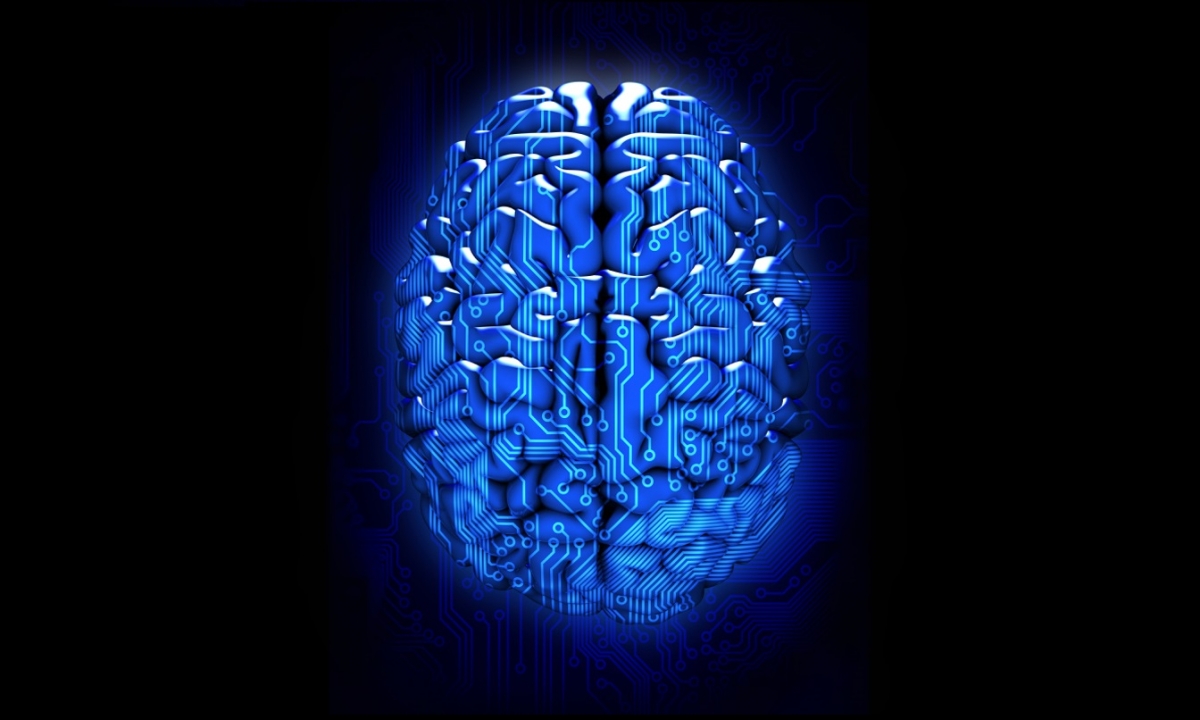 10 Ants to help in climate change battle
10 Ants to help in climate change battle
Though most renowned for their unerring ability to ruin picnics, it seems ants may prove to be vital allies in the fight against climate change. Rocks containing calcium and magnesium naturally absorb the greenhouse gas carbon dioxide as they break down, locking CO2 into calcium carbonate. Ronald Dorn of Arizona State University has found that ants increase the amount of calcium carbonate by 300 times, locking up more CO2. If the process can be further studied and enhanced, it may be
09 Biological pacemakers
Innovative gene therapy techniques could potentially replace the need for electronic pacemakers. Researchers in LA injected pigs suffering from heart block, a condition in which the electrical pulses controlling the heartbeat are disrupted, with a gene called TBX18. After 24 hours, regular heart cells began changing into specialised cells that keep the heart beating, they say.
08 Electricity from water
From cooking and cleaning to keeping us hydrated, water is essential. But now, scientists have found another potential use for the wet stuff: generating electricity in gadgets. Last year, MIT researchers found that water droplets gain electric charge when they ‘jump’ away from superhydrophobic surfaces – materials designed to repel water. By layering together many sheets of material, the team has produced
07 Cancer-halting gene found
Eighty per cent of patients diagnosed with lung cancer die within five years. Now, researchers have found a gene that can halt the movement of cancer from the lungs to other body parts. The research could lead to more effective treatments. The team found that ‘turning on’ the gene DIXDC1 reduces the cancer’s tendency to spread.
06 Nanotubes used to make hydrogen
With fossil fuels possibly running out by the end of the century, the search for new energy sources is gathering pace. Now, a team at Rutgers University has developed a low-cost method for producing clean-burning hydrogen fuel. The technology uses carbon nanotubes as a catalyst to create hydrogen and oxygen from water using electrolysis. The fuel could be used to power cars
05 Immunity to alcohol
Ever woken up regretting the previous night’s overindulgence? Read on. Neuroscientists at the University of Texas have created ‘mutant’ worms that don’t get intoxicated by alcohol, a discovery that may help those struggling with addiction and withdrawal. The team implanted a molecule into nematode worms that’s responsible for binding to alcohol and triggering drunken behaviour in humans. They found the worms did not get drunk regardless of how much alcohol they consumed.
04 Artificial blood from stem cells
The ability to create human blood in the laboratory has come one step closer to reality. Researchers at the University of Wisconsin-Madison have discovered two genetic pathways by which blood cells develop from pluripotent stem cells. The discovery pins down exactly how blood is produced in nature and gives the scientists the means to produce the whole range of human blood cells, including the essential white and red cells.
03 Liquid hard drive
Next time you see a glass of liquid next to someone’s laptop think twice before taking a swig. You may be downing important documents or even their holiday snaps. A team at the University of Michigan has created a hard drive that suspends nanoparticles in water in special arrangements to st oer data. The technology could potentially store a terabyte of data in just one tablespoon of liquid. The hope is that the technology could eventually be used in medical devices placed inside the body.
02 Better glue from barnacles
When it comes to staying put there are few creatures that can compete with the barnacle. The arthropods can stick themselves to any surface, even underwater. Biologists at Newcastle University discovered that they achieve this by first secreting an oil to repel water from a surface. They then secrete a powerful protein-based adhesive that sticks them fast. Further study could lead to synthetic bio adhesives for use in medical implants.
01 Shape-shifting robots
Remember the morphing form of the robot in Terminator 2? Well, researchers at MIT have developed a ‘squishy’ material that could allow real-life robots to accomplish the same feat. Working with robotics experts Boston Dynamics, the team has created a substance built
from wax and foam that can switch between hard and soft states, thanks to heat that partially melts the wax. The technology could be used to build everything from deformable surgical robots to octopus-like limbs for search and rescue drones.


Walang komento:
Mag-post ng isang Komento